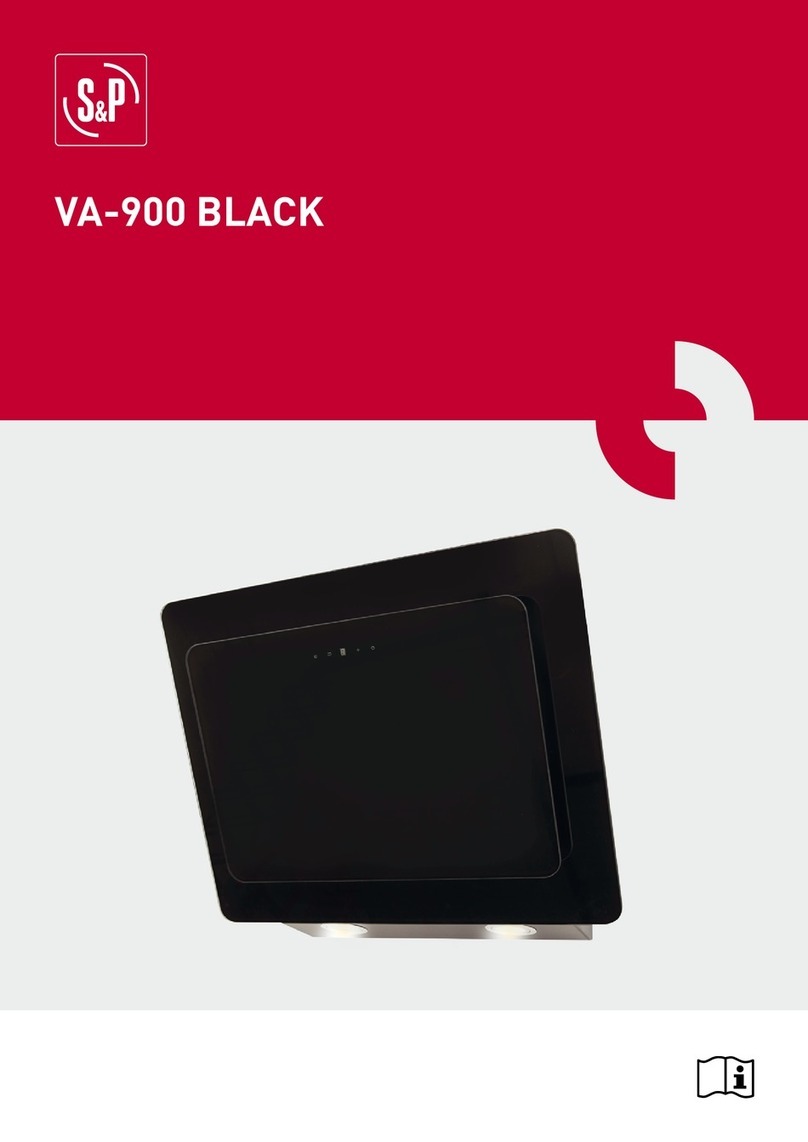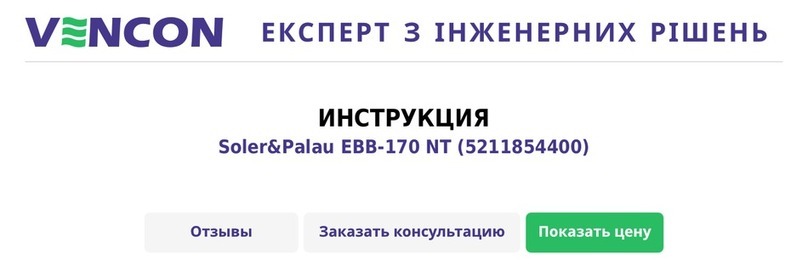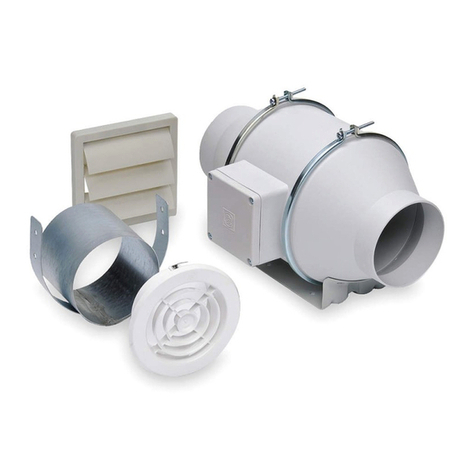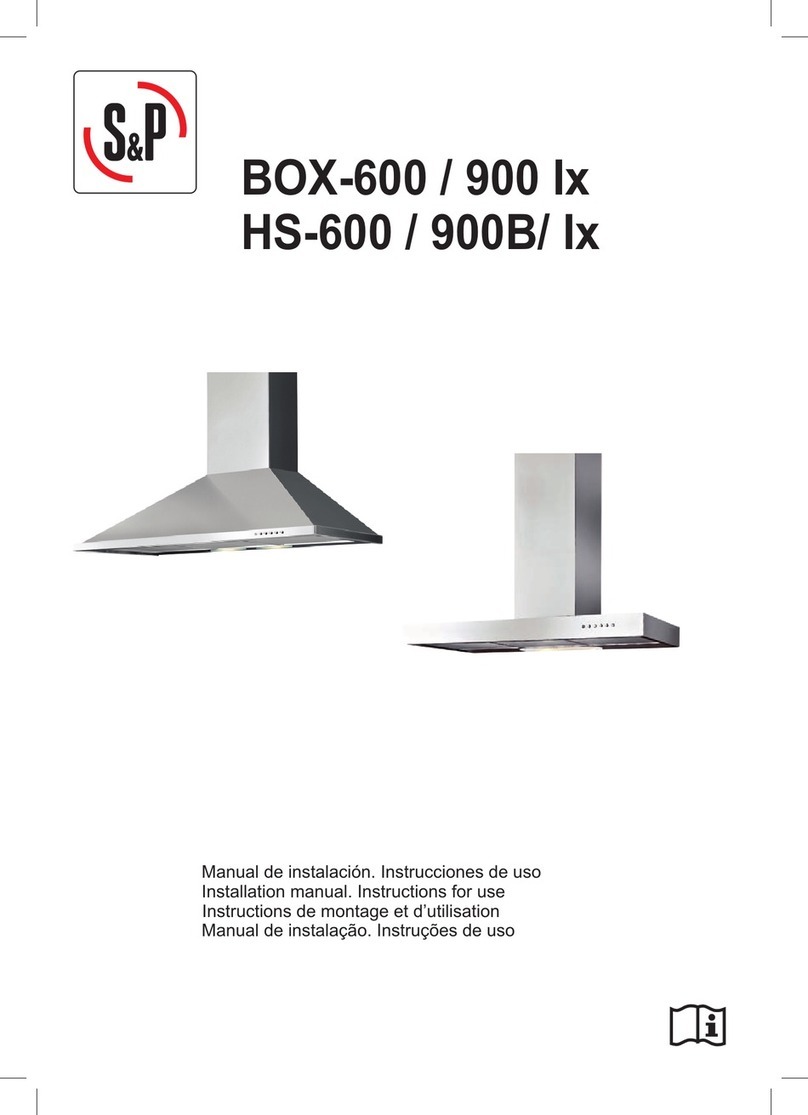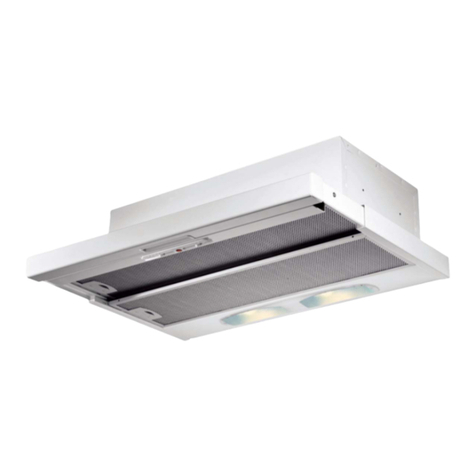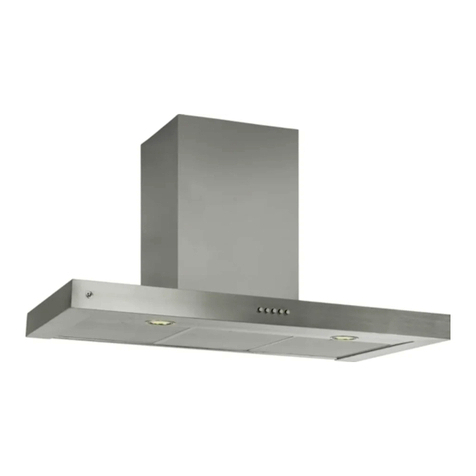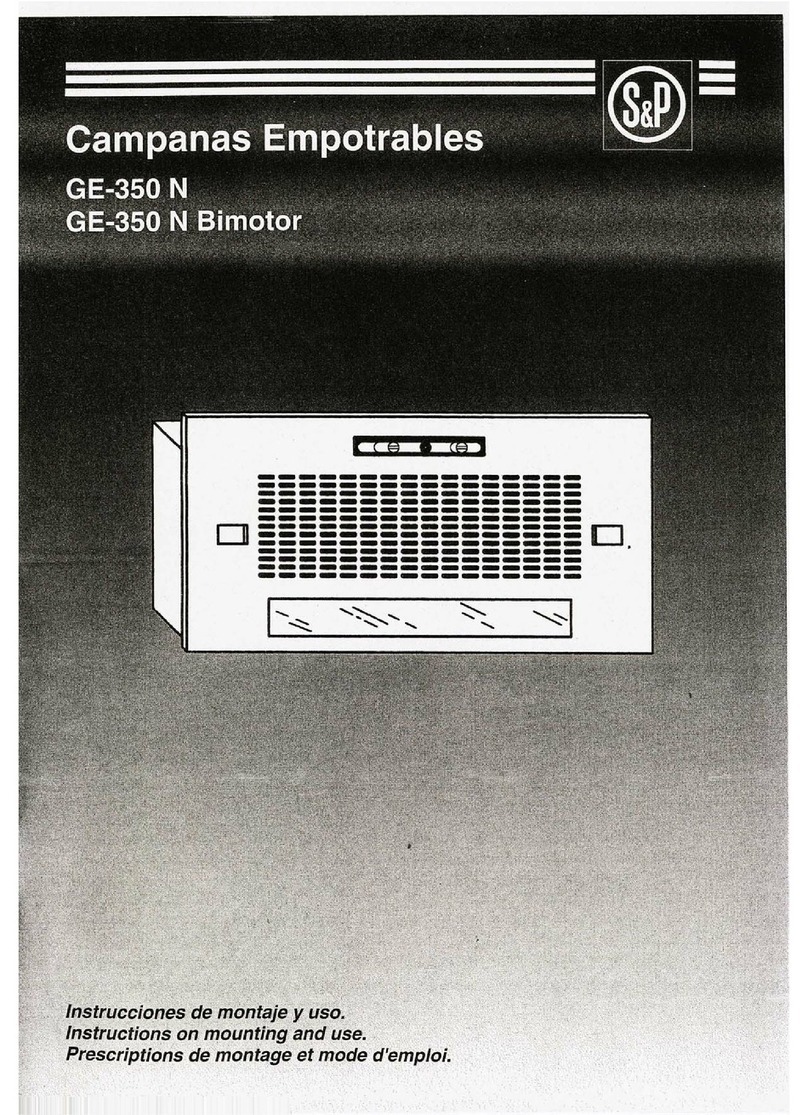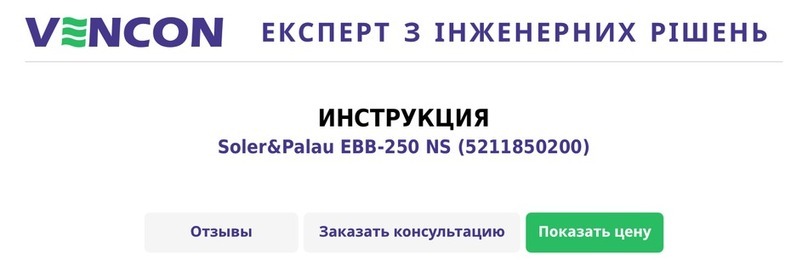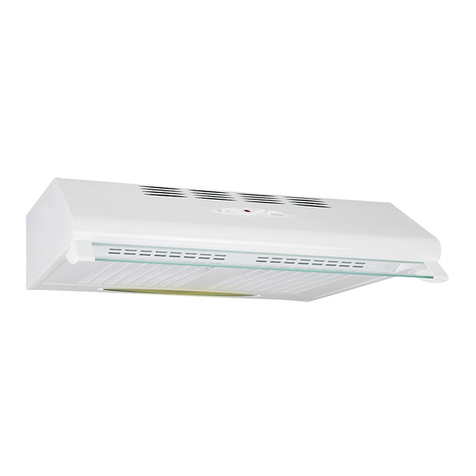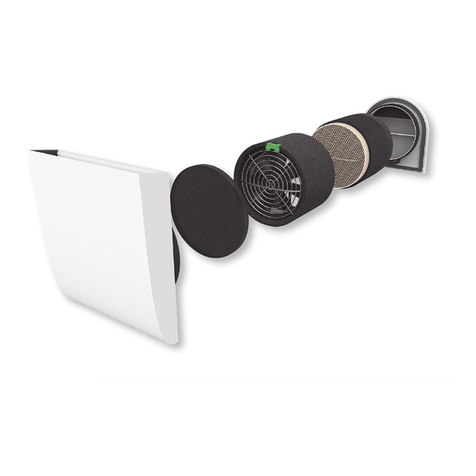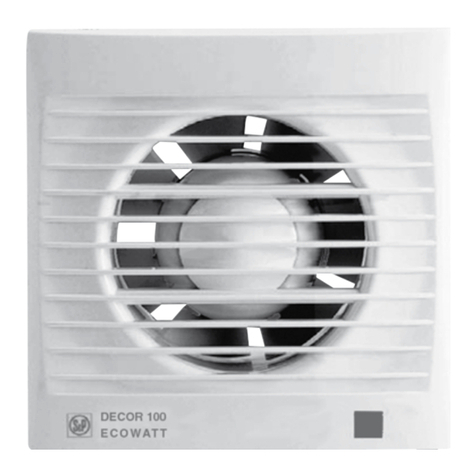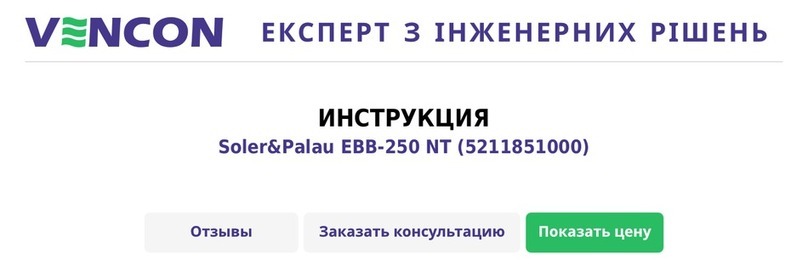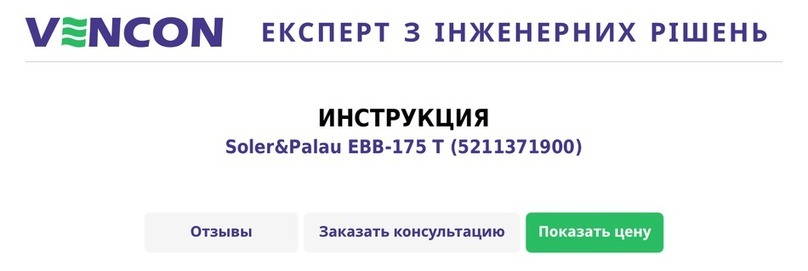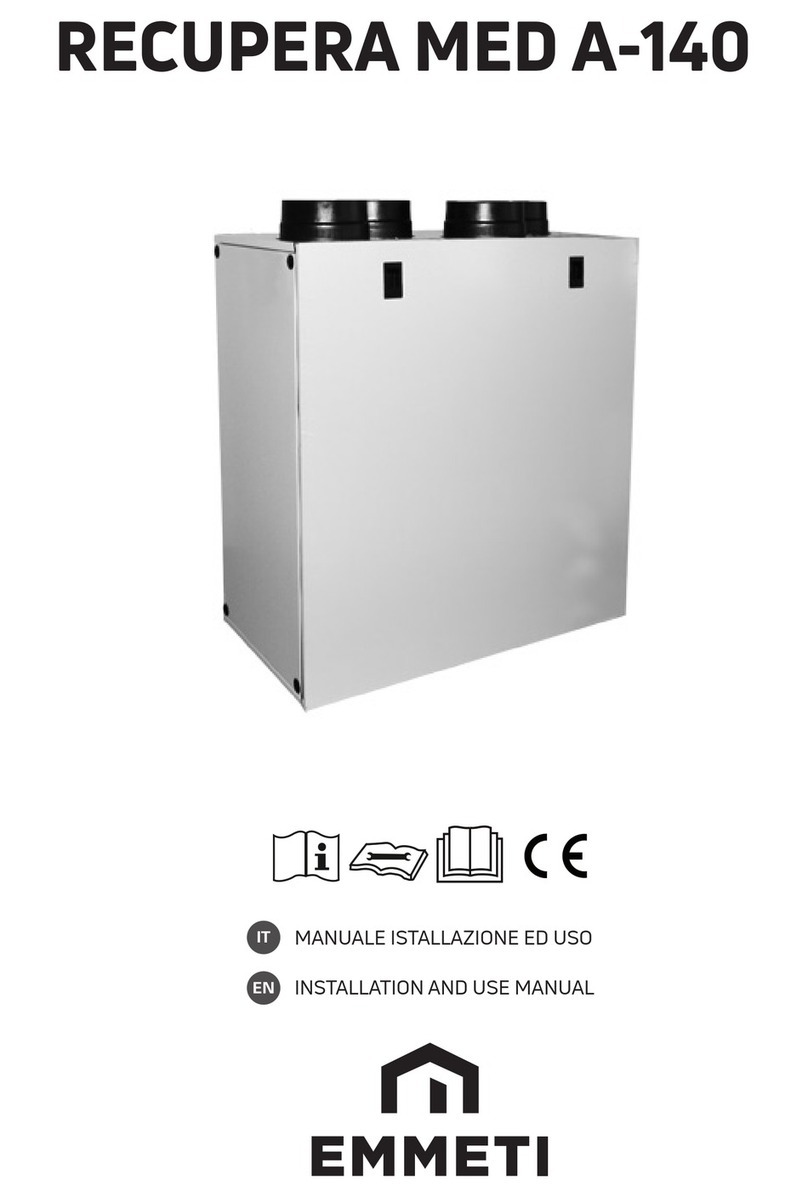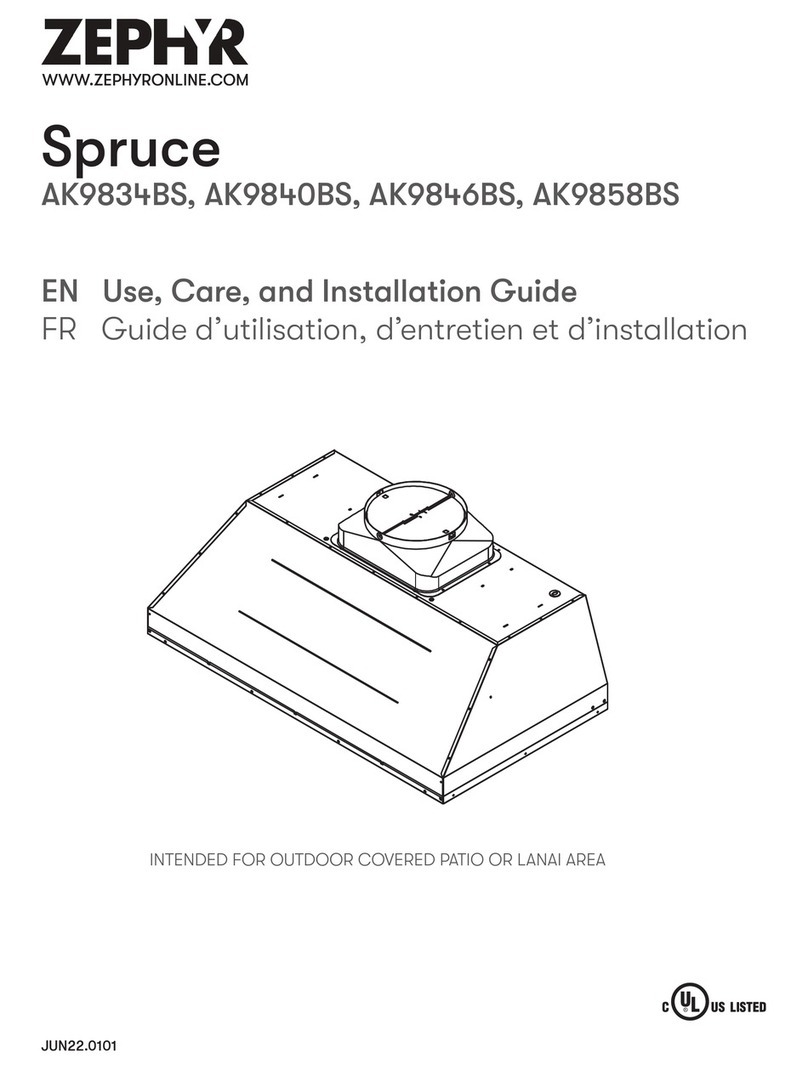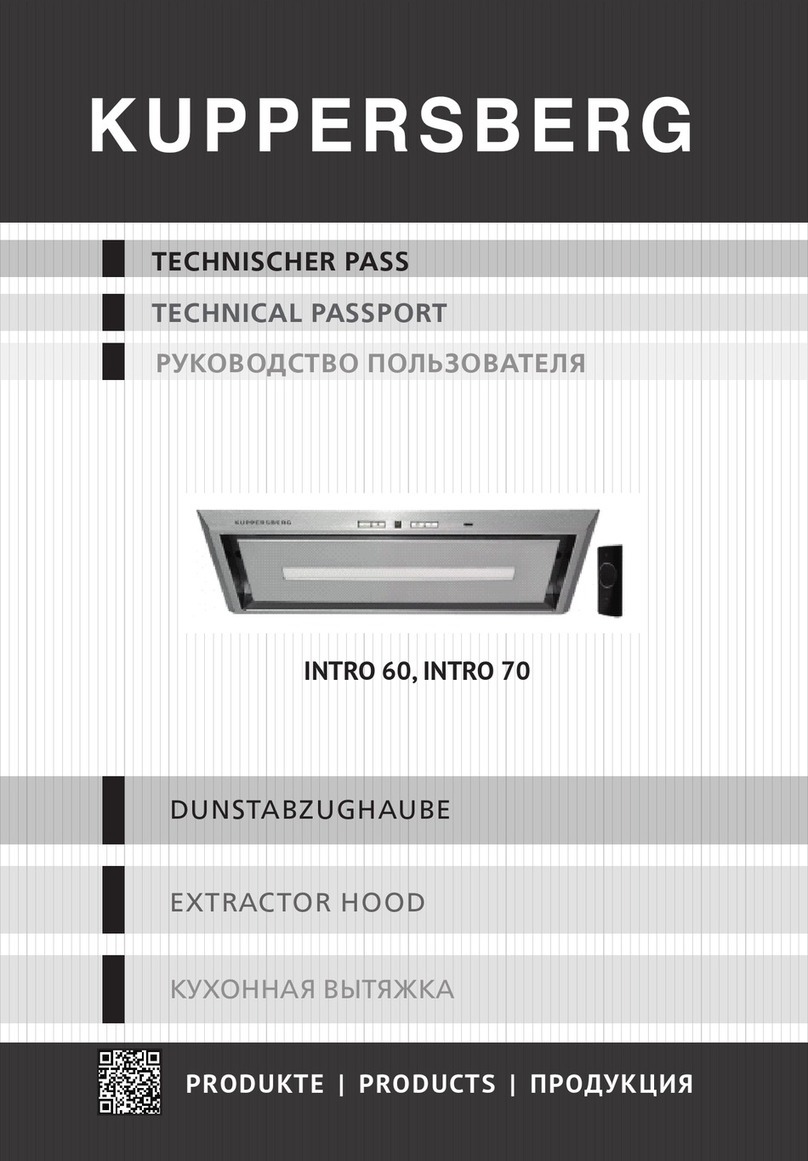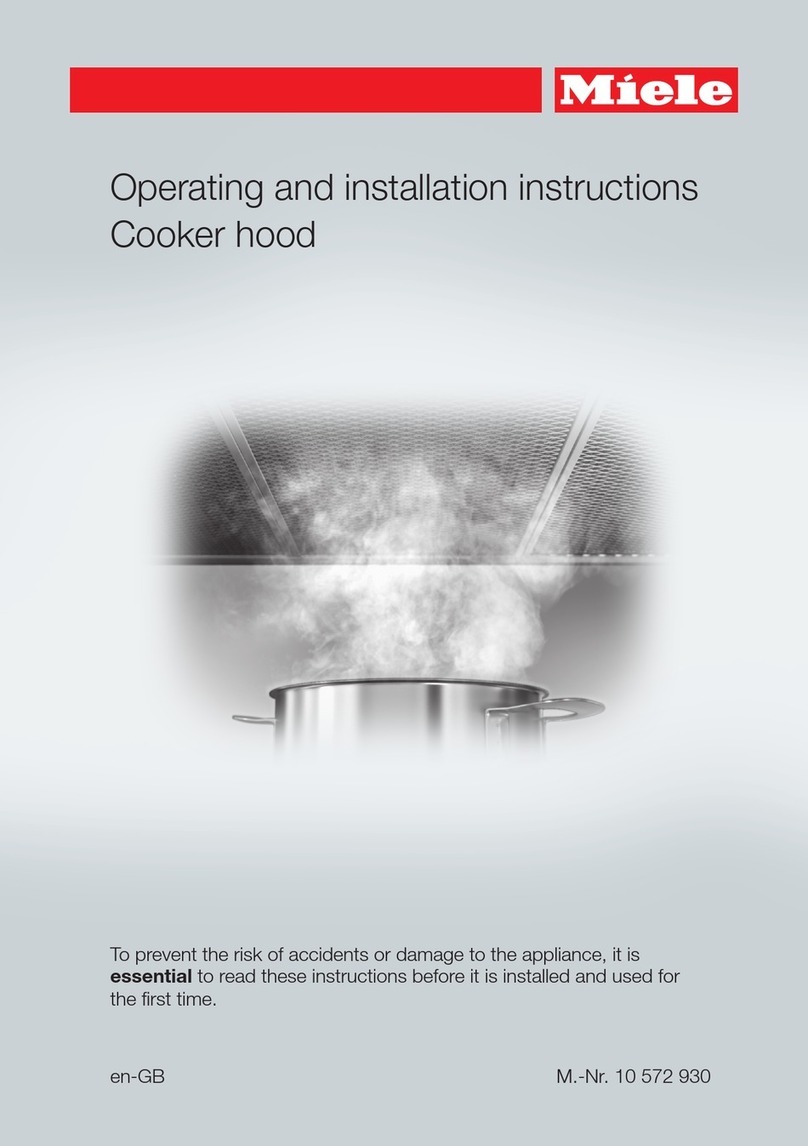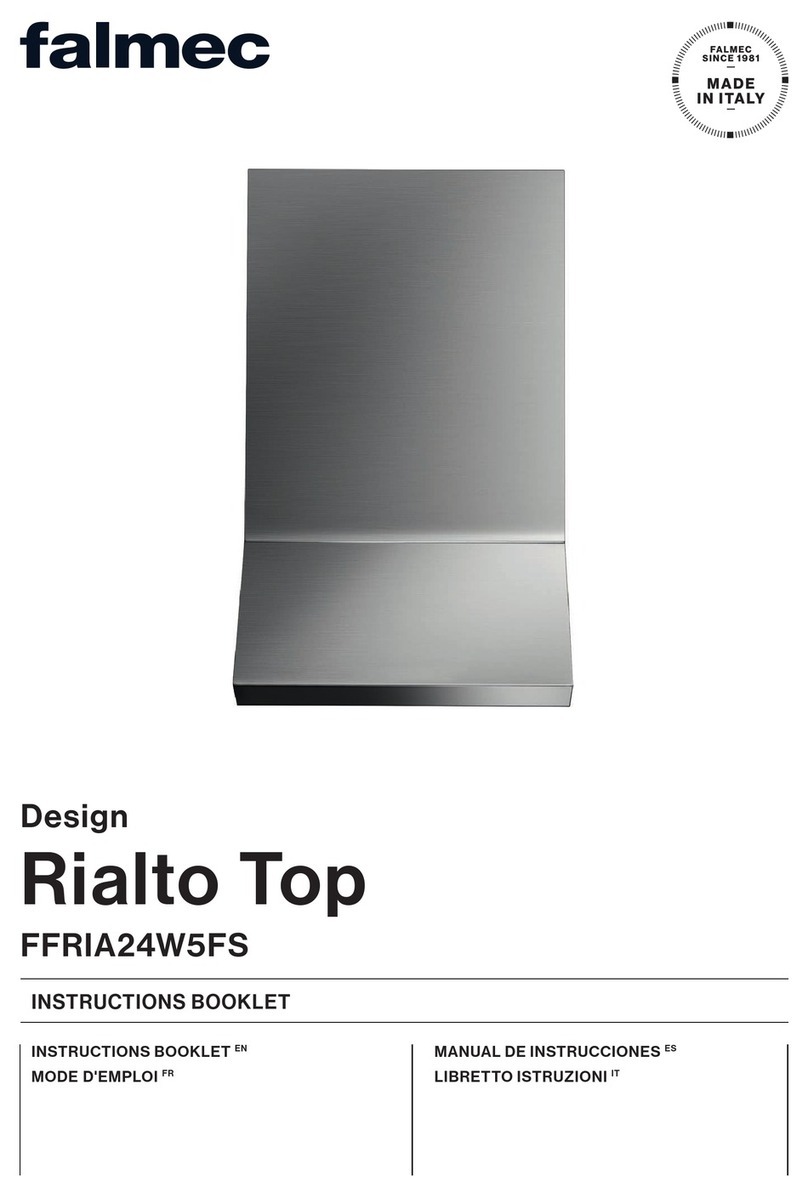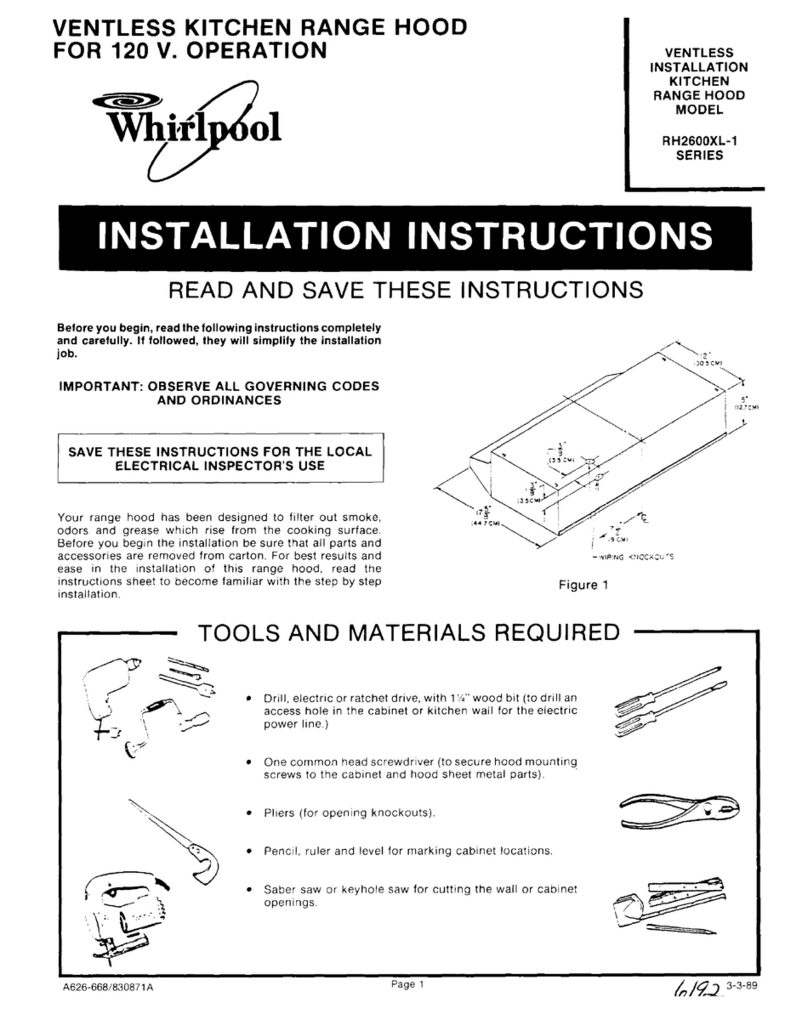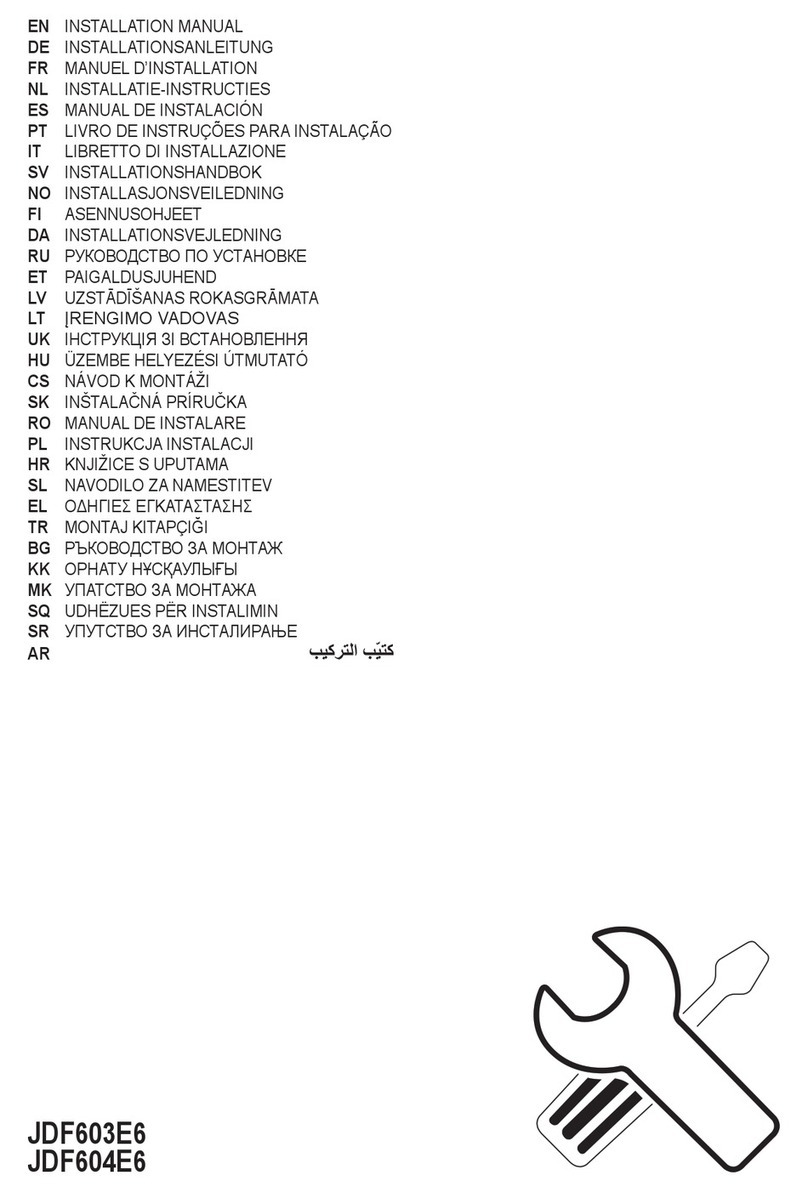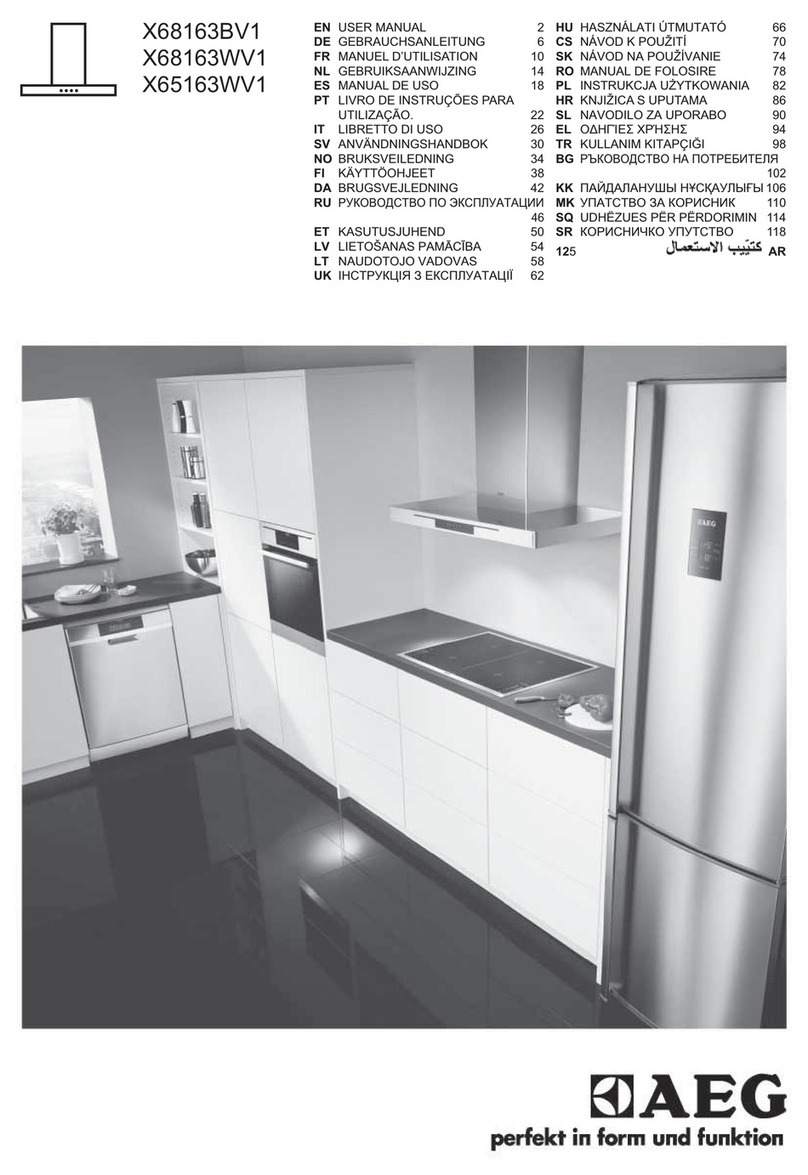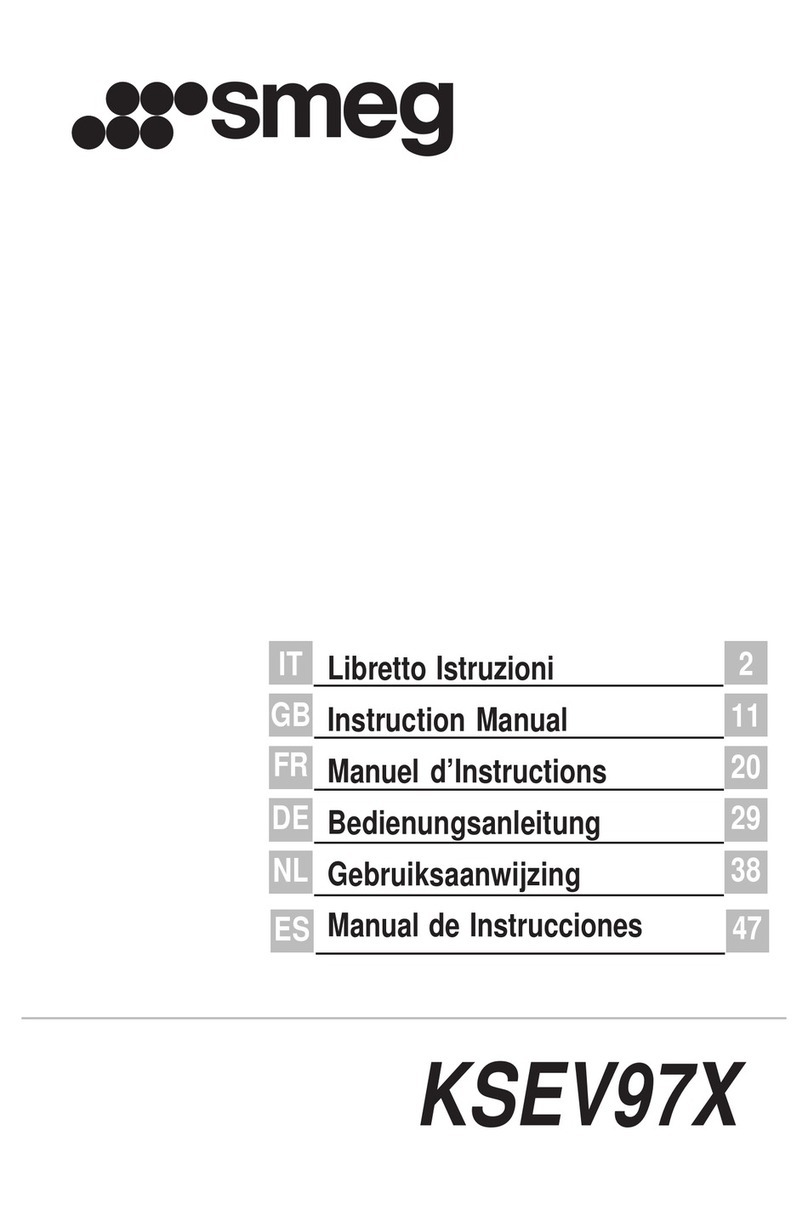
3
WARRANTY:
Manufacturer warrants this equipment to be free from defects in material and workmanship for one (1)
year from date of shipment by S&P to the original purchaser. Any units or parts which prove to be defective
and are reported during the warranty period will be replaced at our option when returned to our factory,
transportation prepaid. Deterioration or wear by heat, abrasive action, chemicals, improper installation or
operation or lack of normal maintenance shall not constitute defects, and are not covered by warranty.
(exclusive of motors covered separately herein).
Manufacturer will not be responsible for any installation, removal or re-installation costs or any consequential
damage resulting in failure to meet conditions of any warranty.
LIMITATION OF WARRANTY AND LIABILITY
This warranty does not apply to any such product or parts which have failed as a result of faulty installation
or abuse, or incorrect electrical connections or alterations, made by others, or use under abnormal operating
conditions or misapplication of the products and parts.
This warranty does not guarantee the proper design or installation of any ventilator nor is there any warranty
concerning the ability of the ventilator to remove smoke, grease, or heat. There is no warranty that the
ventilator will be approved by, or meet, any local codes. This is a material warranty only. If the equipment
has been altered or repaired in any way, the Company shall have the right, in its sole discretion, to void the
warranty. If the equipment has been improperly installed, subjected to misuse, been subjected to negligence,
been subjected to accident, or been improperly maintained or lubricated, the Company shall have the right, in
its sole discretion, to void the warranty.
Manufacturer will not approve for payment any repairs made outside the factory without prior written consent
of its Jacksonville, Florida office.
The foregoing shall constitute our sole and exclusive warranty and our sole and exclusive liability and is in
lieu of all other warranties, whether written, oral, implied or statutory. There are no warranties which extend
beyond the description of the page hereof. Seller does not warrant that said goods and articles are of
merchantable quality or that they are fit for any particular purpose. The liability of seller on any claim of any
kind, including negligence, for any loss or damage arising out of or connected with, or resulting from the
sale and purchase of the products and parts covered by this proposal, acknowledgement, order or from the
performance or breach of any contract pertaining to such sale or purchase, or from the design, manufacture,
sale, delivery, resale, installation, technical direction of installation, inspection, repair, operation or use of any
products or parts covered by this proposal, acknowledgement, order or furnished by seller shall, in no case
exceed the price allocable to the products or parts thereof which give rise to the claim and shall terminate one
(1) year after the shipment of said products and parts.
In no event, whether as a result of breach of contract, or warranty or alleged negligence, defects, incorrect
advice or other causes, shall seller be liable for special or consequential damages, including, but not limited
to, loss of profits or revenue, loss of use of the equipment or any associated equipment, cost of capital, cost
of substitute equipment, facilities or services, down time costs, or claims of customers of the purchaser for such
damages. Manufacturer neither assumes nor authorizes any persons to assume for it any other liability in
connection with the sale of its fan products and parts. Some states do not allow the exclusion or limitation of
incidental or consequential damages, so all of the above limitations or exclusions may not apply to you.
NOTICE:
Replacement of silicone sealant is not covered by any warranty, express or implied, that is issued by S&P.
